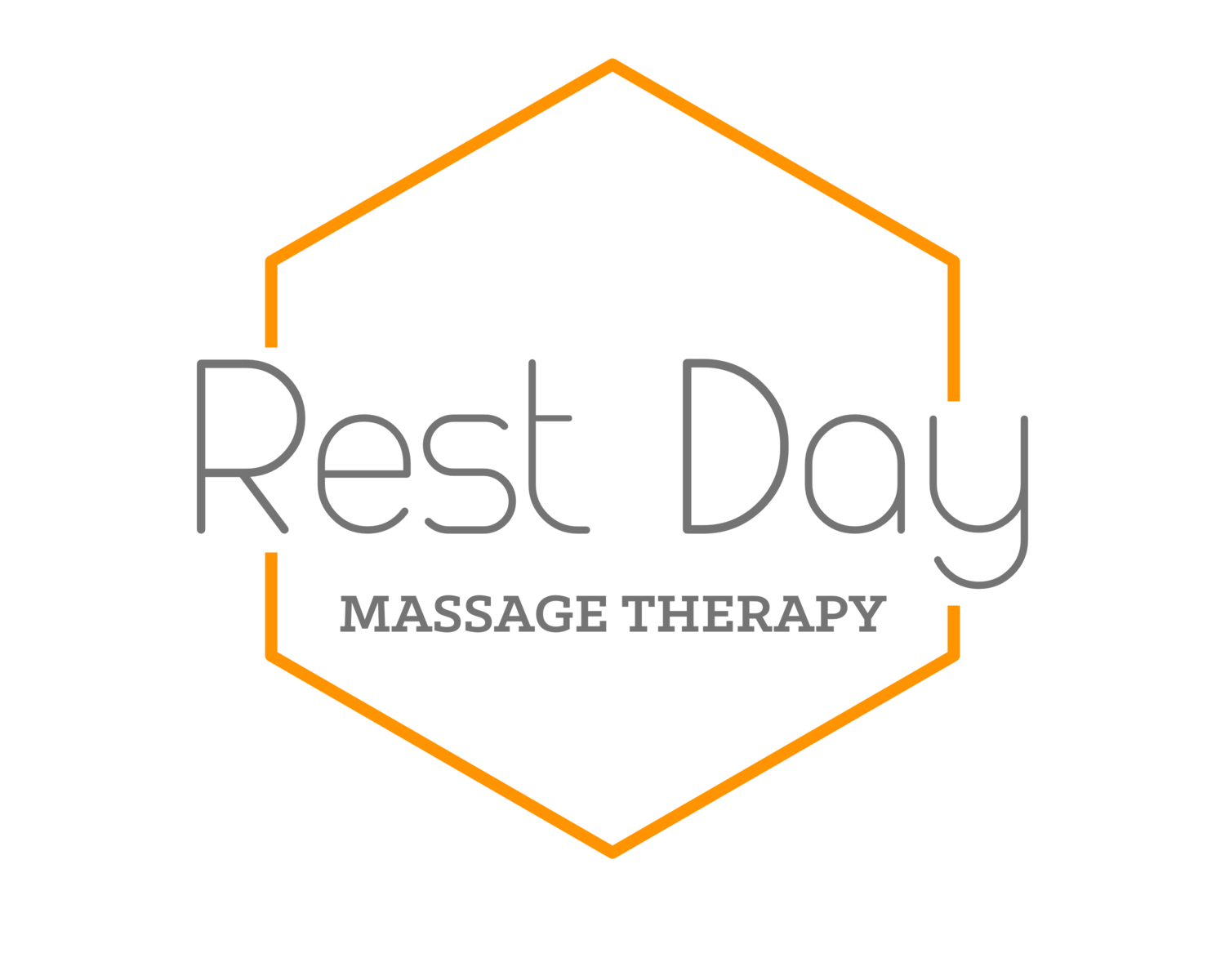Defining Deep Tissue
Why A Deep Tissue Massage Doesn’t Have to Hurt
Confession time! When I first started massaging, I made the mistake of thinking that I needed to massage super deep all of the time. I would base and adjust pressure off of a client’s body language. So as long as they weren’t squirming or “fighting” the massage, I was doing great.
Unfortunately, that’s not the case!
During the time that I was shut down during the pandemic, I took a lot of continuing education classes. Many of the classes touched on the Biopsychosocial Model, or the idea that health and wellness is influenced by Biological, Physiological, and Sociological factors.
Fast forward a few weeks. I’m finally able to see clients again, and they are a wreck. My clients were stressed to the max for a variety of reasons. Many of them started asking for lighter pressure massage, and guess what?.... We were still seeing great results!... Sometimes even better results.
Curious, huh? Well let me explain why!
What Exactly is a Deep Tissue Massage?
Deep tissue massage is a generic term. It just refers to a massage style that targets deeper muscle groups and fascia. Lots of different massage modalities fall under the term, deep tissue (ie: Rolfing, structural, clinical, myofascial… you get the point).
Typically, deep tissue focuses on slow and deep movements aimed to lengthen or tone muscles and create better glide between fascia tissue.
The speed, depth, and direction of the massage strokes depend on the modality of the massage, as well as the intent.
Deep tissue massages don’t even need to have firm pressure, just as long as they are targeting tissues beneath the skin.
Massage is More Than Muscle
Muscles can feel tight for a variety of reasons. It could be overuse, underuse, stress, injury, chronic injury, temperature, gravity, and the list goes on. Despite the wide variety of causes, one thing remains the same, the body is not designed to heal itself if it feels it's in danger.
The autonomic nervous system (ANS) is the part of our nervous system responsible for bodily functions. It can be divided into two parts: The sympathetic and parasympathetic nervous system. The sympathetic nervous system houses our “fight or flight” response, while the parasympathetic houses our “rest and digest” response.
Why does this matter, you ask?
If you are someone who overtrains, is overly stressed, or maybe just doesn’t get enough sleep, your body is continually activating the sympathetic nervous system. This is the same system that is activated when you are afraid. Our senses get heightened, we release stress hormones, we don't experience deep sleep, and our natural recovery mechanisms in the body stop functioning properly. Basically, if it isn’t going to help us “fight or flight” in a dangerous situation, our body doesn’t care about it.
Soooo if you add super deep pressure to someone who is already stressed/tired/worn out, you create even more “danger” in the body. Your body won’t be able to relax, your muscle might even tense up more, and you will end up fighting the massage.
It creates a vicious cycle of muscle soreness, pain, and possible injury. You can do more harm going too deep than not deep enough.
But, if you lighten the pressure a little, the body can start to calm down and relax. Once the body can get into a parasympathetic state, it can finally start to heal. This not only makes the massage more beneficial, but the effects of the massage last longer.
Sometimes less is more!
Rule of SEVEN
Some discomfort can be beneficial, if not necessary, to achieve desired results in a deep tissue massage.
However, the pressure should not be so deep that it:
Brings you to the verge of tears
Makes you feel worse than when you came in
Leaves you sore for several days
The “Rule of Seven” is a good guideline for deep tissue massage. We use a Perceived Pressure Scale (PPS) to determine how deep to go during a massage. A “1” is barely touching the skin and a “10” is unbearable pressure/pain.
We don’t want to go above 7 PPS. It's a pressure that you might have to take some deep breaths and focus on relaxing, BUT it's not so deep that you need to deathgrip the table to get through.
Let's be clear though, a PPS of 7 is the MAX you should go. If you don’t want to go to a pressure of 7, you don't have to. It's YOUR massage, and you can still see great benefits.
Also, 7 is relative to how you are feeling that day. You might enjoy and be able to handle very deep pressure one massage, but if your nervous system is fried going into your next one, a 7 might actually be a lot lighter.
Ultimately, listen to your body, don’t try to be a hero, and know it's ok to actually enjoy a massage!

